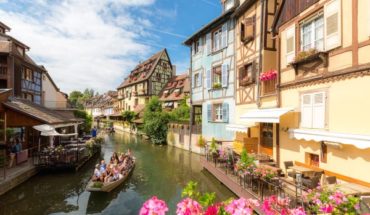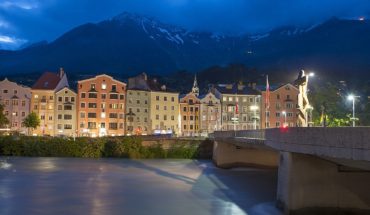It didn’t take much for this writer to figure out what she didn’t know about Malta. It turns out what I didn’t know about Malta was everything! If you find yourself in the same dark place as I am in about Malta, never fear, we will learn together.
Malta is a small archipelago consisting of seven islands in the Mediterranean Sea. It covers just over 312 square kilometers, making it one of the world’s smallest states. The islands have a low and rocky terrain and many coastal cliffs. Being in the heart of the Mediterranean it is a melting pot of civilizations with a history stretching back thousands of years. Malta has been a spot of strategic importance and has endured being juggled between various world powers including the Greeks, Romans, Arabs, French, and British just to name a few. Malta finally gained its independence from its most recent rulers, the British, in 1964. It entered the United Nations that same year, joined the European Union in 2004, and became part of the Eurozone in 2008. Its primary language is Maltase, which is part of the Semitic language family and English is also recognized as an official language. Malta is internationally known for its tourism and has nine UNESCO World Heritage sites.
Now that we know a bit about this tiny island nation lets learn a few more interesting facts and learn more about how to have the best holidays in Malta.
Malta is home to the largest freestanding structures on Earth
On the two Maltese islands of Malta and Gozo stand 11 megalithic temples who’s building dates back to approximately between 5000BC and 700BC, older than Stonehenge and the Great Pyramids. Seven of these 11 structures are UNESCO World Heritage sites, now managed by Heritage Malta. All the temple complexes were built at different times, in different sites, and include their own unique details. Little is known about the creators of these structures, but they were known to worship a mother goddess from evidence of statuettes found in this area. Although the structure cover a large area the internal chambers are quite small meaning that public worship in small groups wasn’t possible here.
The G?ar Dalam Cave is a highly important site
Meaning cave of darkness in Maltese, this site located on the outskirts of Bir?ebbu?a holds the first found evidence of human settlement on Malta some 7,400 years ago. The cave consists of six layers in which different animal bone and plant impressions have been found. The cave and accompanying museum can be toured by the public. The cave runs 144 meters deep, but only the first 50 are open to public viewing.
Underwater structures have been found off the coast
In 1999 structures that are thought to be megalithic temples were found submerged underwater off Malta’s coast. Named Gebel Gol-Bahar they were found three miles off the coast of Sliema and are continuously being studied to learn the full story behind them. These temples could have been built and inhabited thousands of years ago when sea levels were higher, or could give more evidence to the rumors that Malta could be the island of Atlantis.


